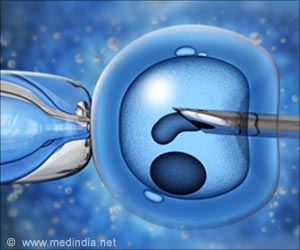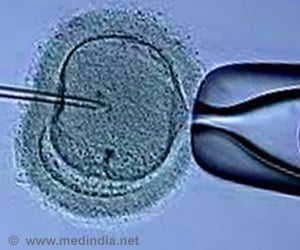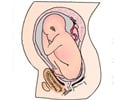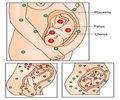A common type of flame retardant was associated with reduced likelihood of clinical pregnancy and live birth following invitro fertilization.

‘Women with higher concentrations of urinary metabolites TDCIPP, TPHP, and mono-ITP had a 10% reduced probability of successful fertilization.’





"These findings suggest that exposure to PFRs may be one of many risk factors for lower reproductive success," said first author Courtney Carignan, a research fellow in the Department of Environmental Health at Harvard Chan School. "They also add to the body of evidence indicating a need to reduce the use of these flame retardants and identify safer alternatives." The study was published in Environmental Health Perspectives.
One in six couples struggles with infertility--a proportion likely to rise as increasing numbers of people in developed countries delay childbearing. Previous studies have linked exposure to products containing hormone-disrupting chemicals, such as pesticides and phthalates, to infertility and poorer reproductive success.
The flame retardant PentaBDE, used in polyurethane foam, was phased out more than a decade ago after it was linked with negative health effects in animal and epidemiologic studies. PFRs were introduced as a safer alternative, but they have been found in animal studies to cause hormone disruption. Studies have also shown that PFRs can migrate out of furniture and other products into the air and dust of indoor environments.
For this study, the researchers analyzed urine samples from 211 women undergoing in vitro fertilization (IVF) at the Massachusetts General Hospital Fertility Center between 2005 and 2015. The women were enrolled in the Environment and Reproductive Health (EARTH) study, which looks at how environmental chemicals and lifestyle choices affect reproductive health. The statistical analysis took into consideration factors including maternal age and race, smoking history, and body mass index (BMI).
Advertisement
"Couples undergoing IVF and trying to improve their chances of success by reducing their exposure to environmental chemicals may want to opt for products that are flame-retardant free," said senior author Russ Hauser, Frederick Lee Hisaw professor of reproductive physiology and acting chair, Department of Environmental Health.
Advertisement
Source-Eurekalert















